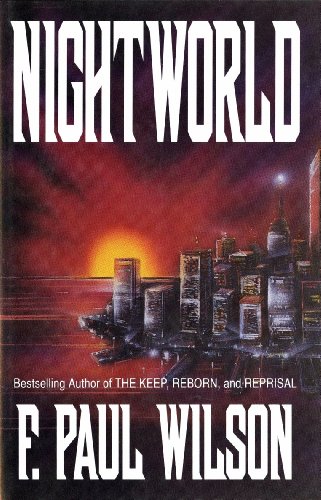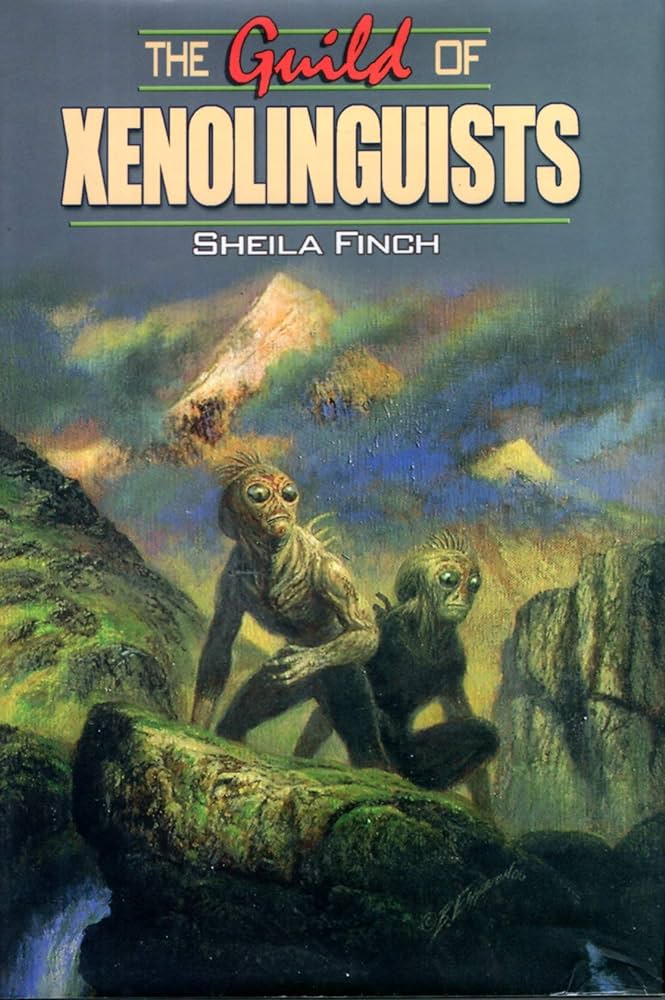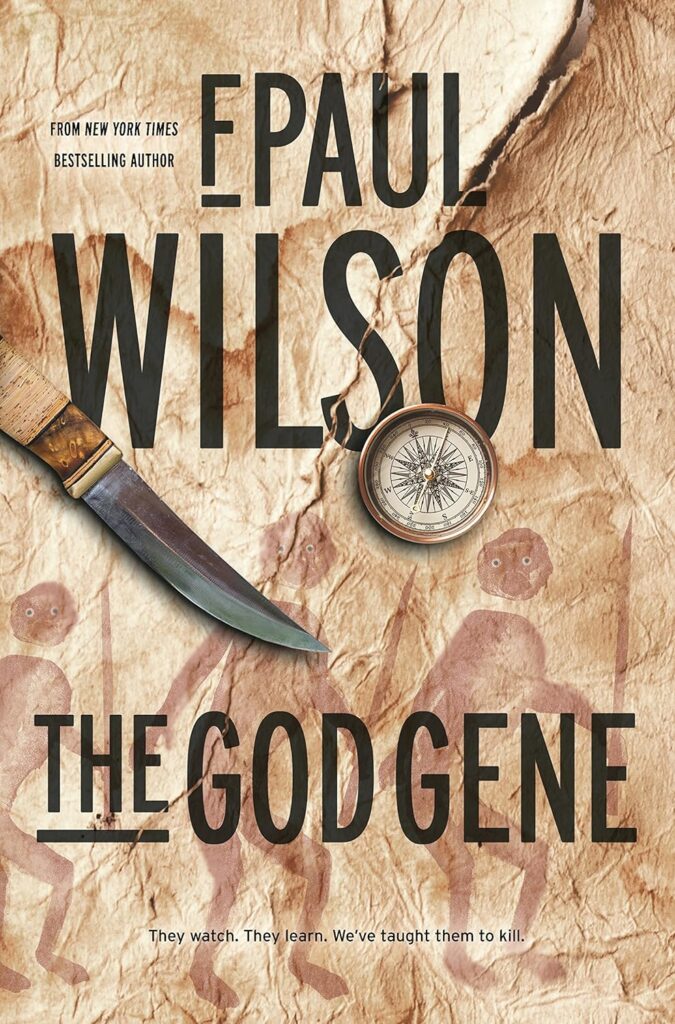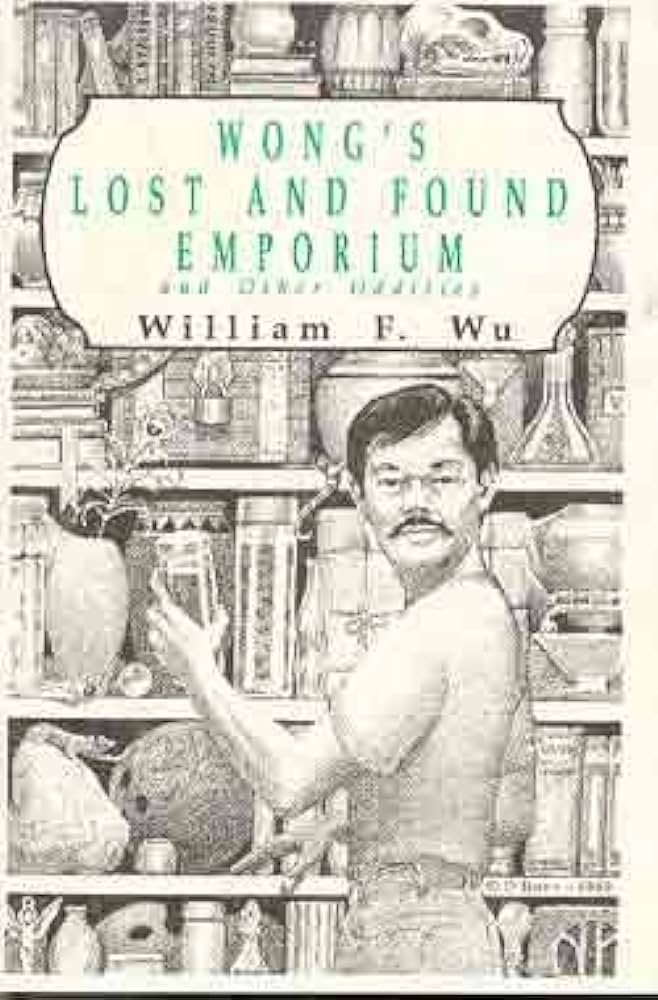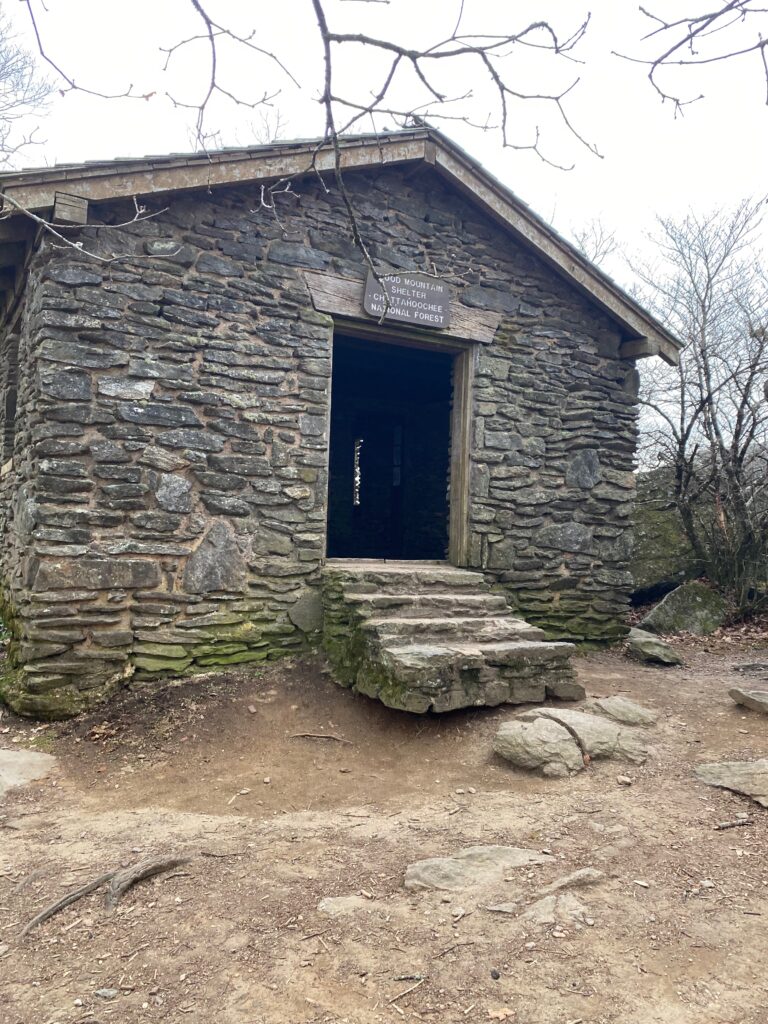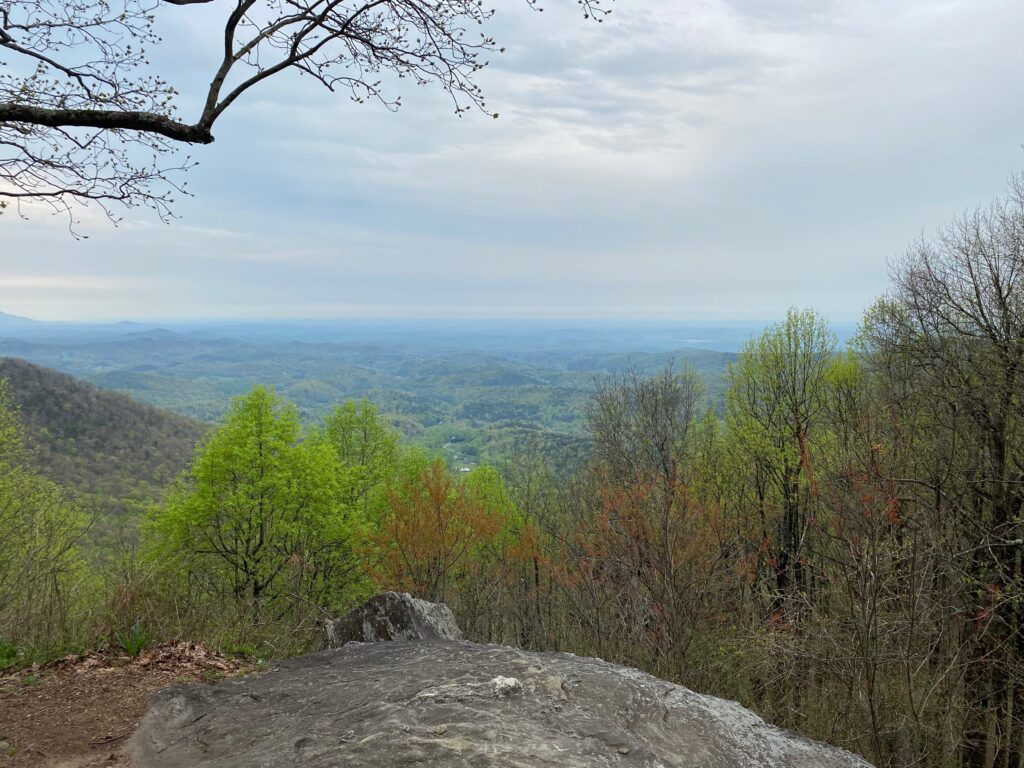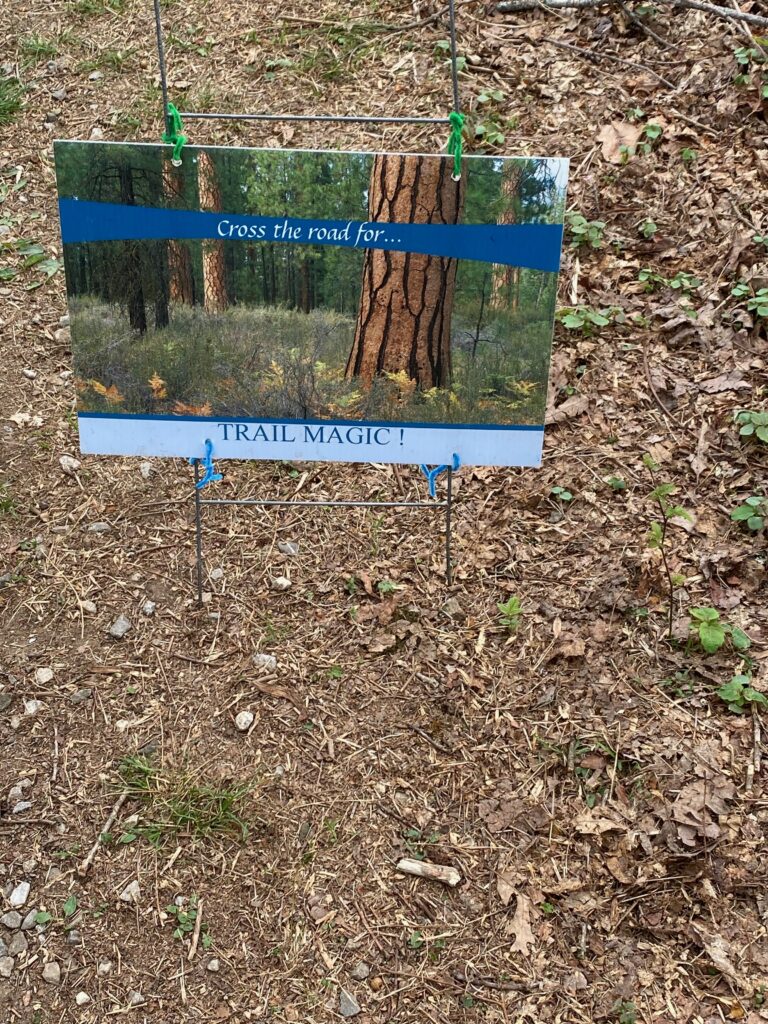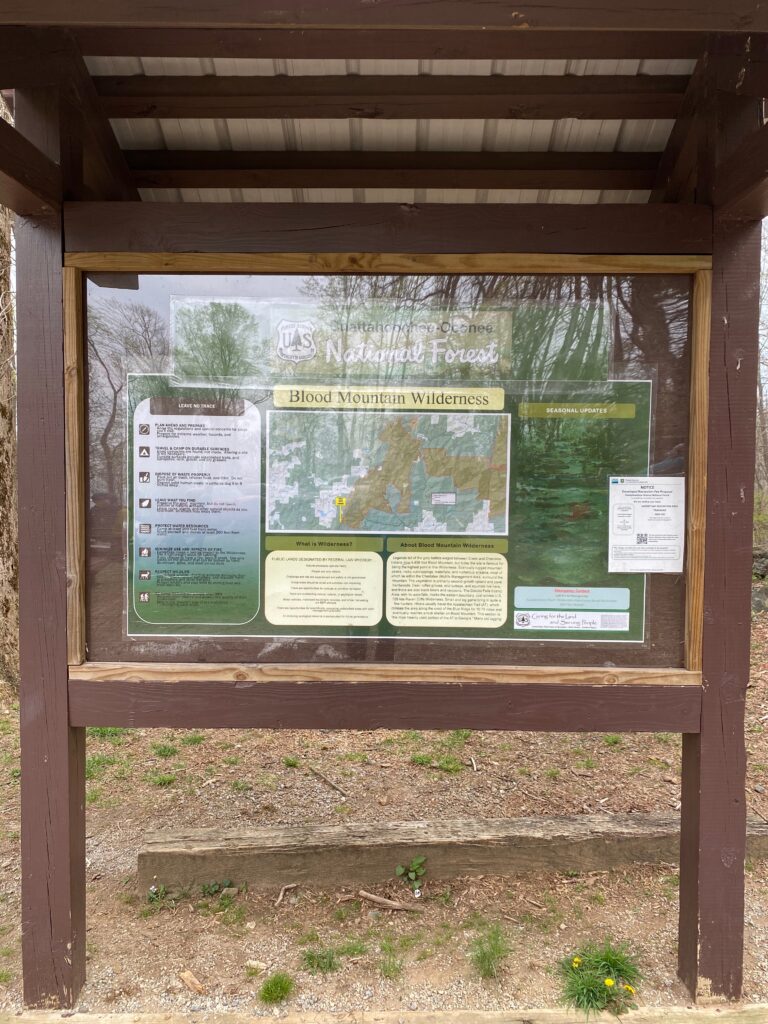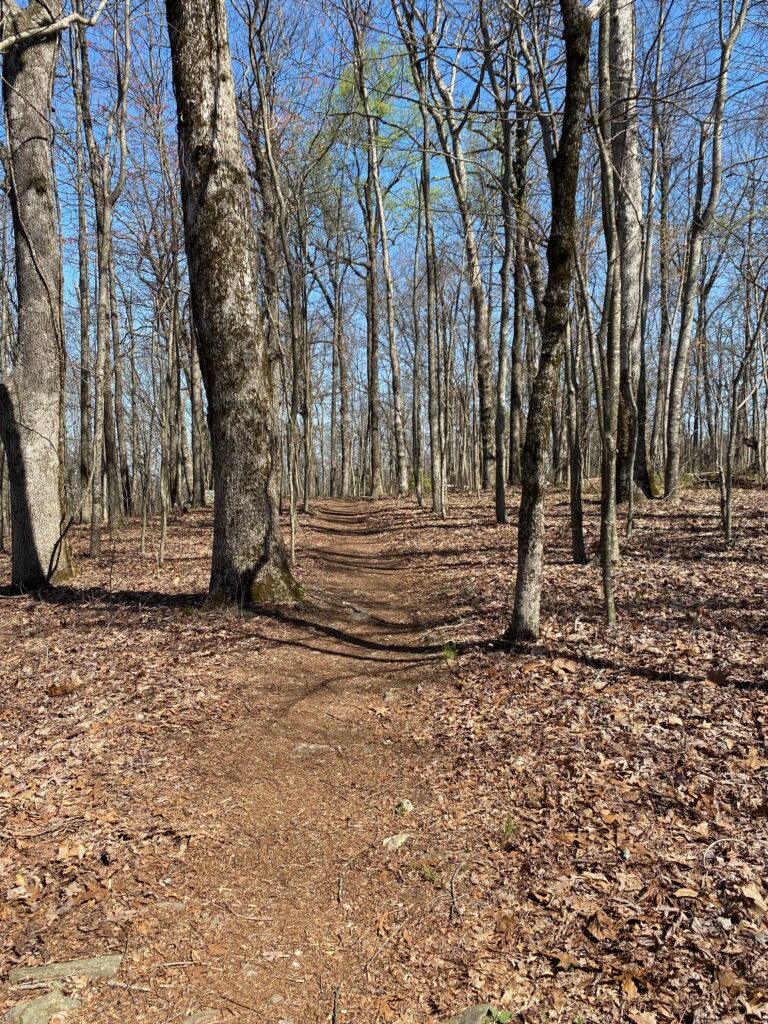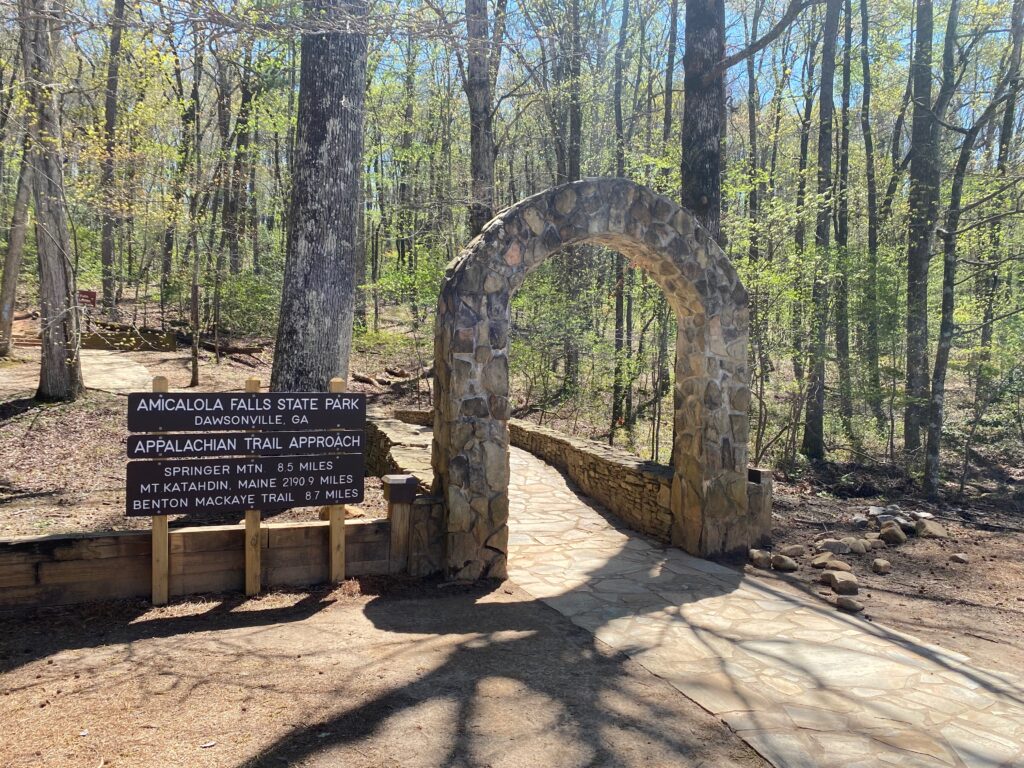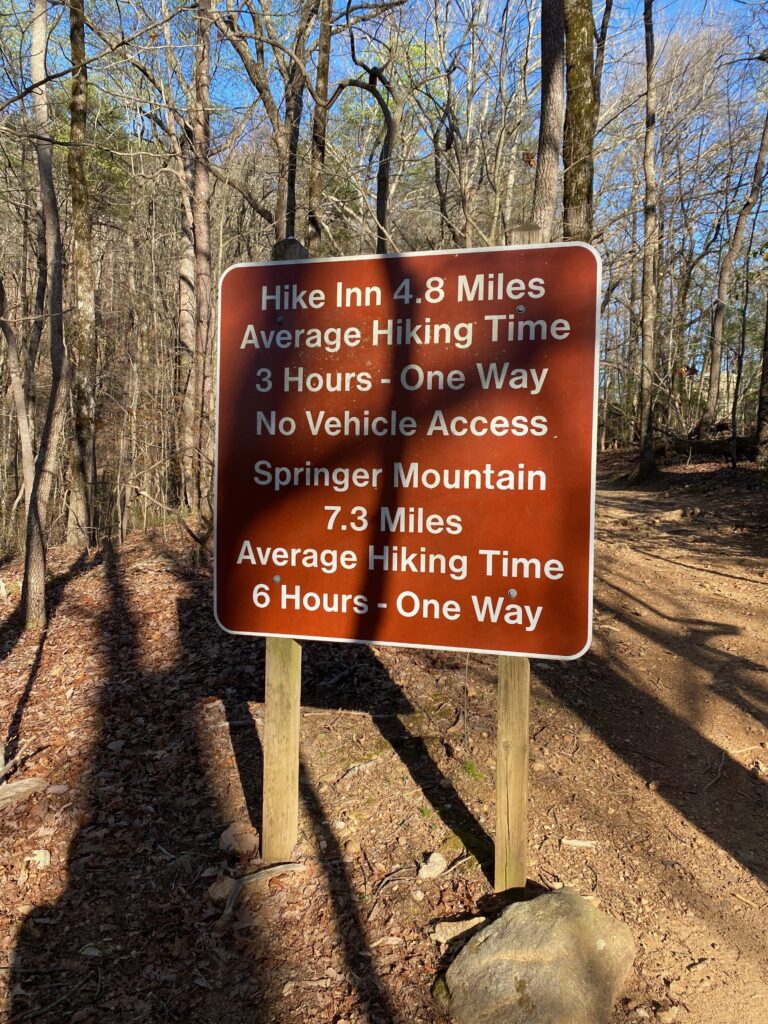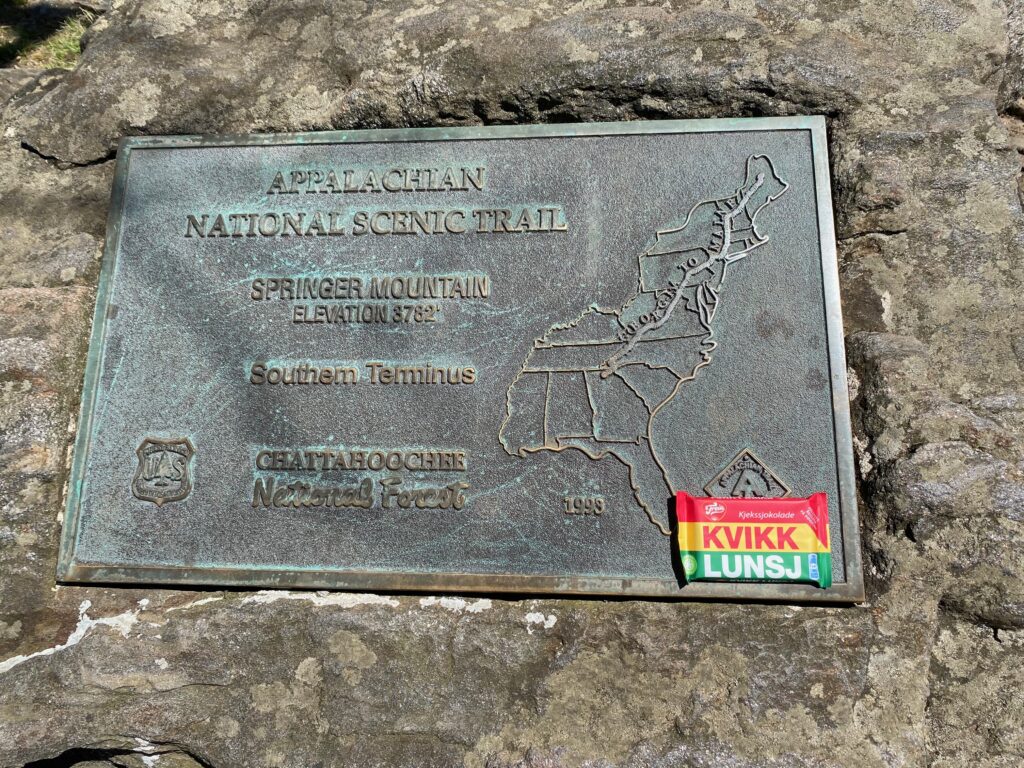I whiffed on guessing the latest volume in Borderlands Press series of “Little Books.” After a grouping that included Robert E. Howard and H.P. Lovecraft, I thought the next one would be collection from their contemporary, Clark Ashton Smith. Instead, the author was Edgar Allan Poe, who died in 1849, more than 40 years before Lovecraft was born.
Perhaps no other American writer is more famous than Poe, although one could argue cases for Henry David Thoreau, Herman Melville, and Nathaniel Hawthorne. These three are known primarily for one work each, while Poe is known for his vast body of work. Poe wrote stories that today would be considered horror, science fiction, and mystery. He wrote primarily short stories, along with some poems. Melville is known for his massive novel, Moby Dick, while Hawthorne is known for The Scarlet Letter (although he wrote a several other great books, and many significant short stories).
Many collections of Poe’s stories and poems exist. I own one called The Unabridged Edgar Allan Poe, which replaced a previous book that I believe was called Tales of Mystery and Imagination. The unabridged book supposedly contains ALL of Poe’s fiction and poetry, at least those that were published. Poe published many versions of his stories and poems; this book purports to contain the first version of each story. Does that matter? Perhaps not.
Regardless, Borderlands Press surprised me when they announce Poe would be the focus of a Little Book. I ordered my copy a week ago, and received it on May 31, 2024. This collection, entitles A Little Gold Book of Grotesqueries, was limited to 500 copies, signed by the editor. The “gold” in the title, by the way, has been used three times prior, for books by Neil Gaiman, David Morrell, and Lee Child.
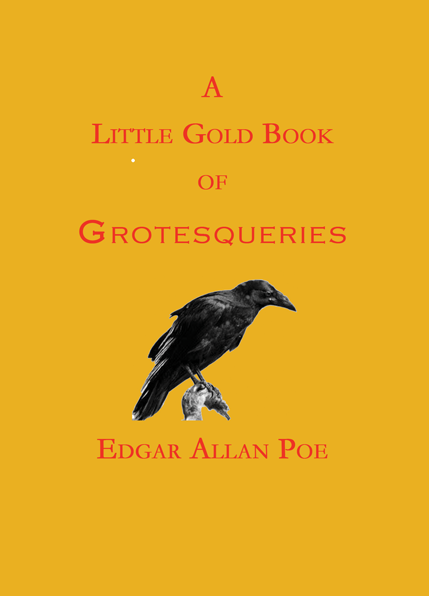
How does this book, with its 155 pages, compare to the 1,178 pages of the Unabridged edition? Owner and publisher of Borderlands Press, Thomas Monteleone, edited the Poe collection. He penned a personal introduction, writing about how he first was introduced to Poe’s fiction at the age of 14. I, too, read Poe as a teenager, but probably more so in my early twenties while at college. This books collects a mix of stories and poems. It contains the famous poem, “The Raven,” although it leaves out perhaps the most famous short stories of them all, “The Cask of Amontillado.” Nonetheless, it’s a great collection of Poe’s short works.
As an aside, I do think the editor was lazy to reprint the “About the author” text word for word from the first paragraph in Wikipedia’s entry on Poe.
Here’s another F. Paul Wilson book that I picked up as part of my recent quest to find all Wilson books that I don’t own (I think that list is down to less than five at the moment, though I’m not counted books with Wilson contributions vs. his stuff alone, or limited edition versions of books that I already own).
The Christmas Thingy was originally published in 2000 as a hardcover be Cemetery Dance in a limited edition of 350 copies. It’s since been reprinted in trade paperback editions, but still remains as a somewhat obscure book. For a time. Wilson offered to sign books as a gift via the old Repairman Jack forum web site. I didn’t really pay much attention back then. Lately, I’ve been on a Wilson kick, and I found an opportunity to acquire a limited hardcover edition of this book.

Originally published in 2000, this edition was priced at $20, which seems low for a book limited to 350 copies. Ironically, I bought the book in 2024 for $20 from Half Price Books (HPB), which I thought was a bargain, as I’ve seen the book listed on eBay and Abebooks for over $75. HPB is a strange bookstore. It’s a chain, selling mostly used books at half price, although it does mark up collectible books, sometimes at reasonable markups, sometimes at insane prices. I recently bought Robert McCammon’s Baal, the Subterranean Press edition, from HPB for $50. The books must be listed by individual stores, as another copy of the same edition is listed for $150. I suppose it depends on the person listing the book, who then makes the decision on the price based on a certain knowledge, or maybe caprice. I’ve seen a Neil Gaiman book listed for $750, and someone actually bought it. I’ve also seen Jack Vance sets listed for $500 or more, and no doubt someone desperate enough will shell out that many dollars for those books.
When buying online, you wonder about the condition of the book. This copy of The Christmas Thingy, number 32 of 350 signed by Wilson and illustrator Alan M. Clark, arrived in great condition. The book was in a slipcase, with an inlaid slip from “Beckworth Auction” as lot number 535. This makes me wonder: why it ended up in an auction, who bought it and what did they pay for the book, and, lastly, why did it end up in Half Price Books? This particular book’s long twenty-four year trip finally ended up with me, which is a strange journey indeed. I wasn’t as lucky with the next addition…
Occasionally I’ve been lucky at HPB when shopping in the store. Many years ago I found the first edition of Dan Simmons’s book, Song of Kali, for only $5.95. Another time I found the 1984 horror anthology, Dark Forces, signed by a dozen contributors, including Stephen King, for $8.95. I’ve found a few Subterranean Press books at reasonable prices, and some I have place back on shelve after experiencing sticker shock. On other occasions I have skipped books that I regretted not picking up, or ended up with a copy of two in horrible condition, just to have a reading copy. You walk into a used bookstore with no idea of what you will find. Sometimes I walk out with an exciting book, sometimes with nothing at all. Still, while in the store, you can generally check the condition of a book.
Jack Vance is my all-time favorite writer, and I own (almost) all his books. I say almost as I don’t have any books from the Vance Integral Edition (VIE), which collects ALL his works, in the author’s preferred state and with his preferred titles. When the VIE was published I signed up for it, but when it came time to pay I didn’t think I could afford the entry price, so I dropped out. Now? Well, a price for anything VIE on the secondary marked is insane, if you can even find a complete set. Even single volumes fetch a premium (but so do the Underwood-Miller editions).
The Gray Prince appeared in hardback from Bobby-Merrill in 1974. For many years I owned only a copy of the DAW paperback edition, published in 1982. I’ve read the novel two or three times, and it really doesn’t stand out as a unique Vancian novel; rather, it follows a theme similar to several other novels: the idea that “ancient” races who see themselves as rightful owners/rulers are not so ancient after all, but others have preceded them. The cover is well done, however.
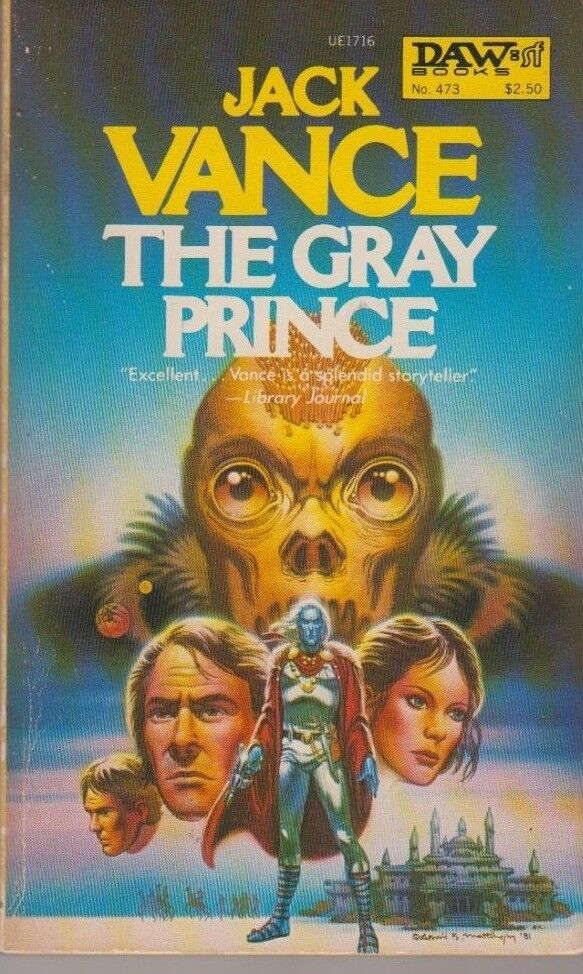
Recently, I saw an opportunity to get a hardcover version at a somewhat decent price, and so pulled the trigger on that purchase. I ordered this online from Half Price Books, the same day I ordered an F. Paul Wilson book (see below). The books arrived a week apart, so kudos to the store that shipped the Wilson book, vs. the store that shipped the Vance book. I really now only need a hardcover copy of Maske: Thaery (I do own a book club edition of this novel, but that’s not the same). Yet, I strongly wish that U-M had published editions of both books, back when they specialized in Vance’s works.
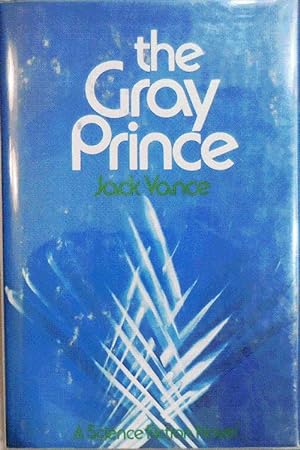
The cover of this edition is, to put it mildly, horribly generic. Still, it’s nice to replace a battered paperback copy with a broken spine. The story was originally published in Amazing Science Fiction magazine in two parts in 1974, under the title, The Domains of Koryphon. Maybe that title was restored in the VIE.
The book that I received was in poor condition: the spine was tilted and there was significant spotting on the edges of the paper. This 1974 copy did not hold up well. It’s signed by Vance, but, had I known about the condition I would not have bought it. It’s an issue with any online purchase. I’ve bought a few books online from Half Price Books, and this is the second one that’s been listed as fine, but was anything but fine.
